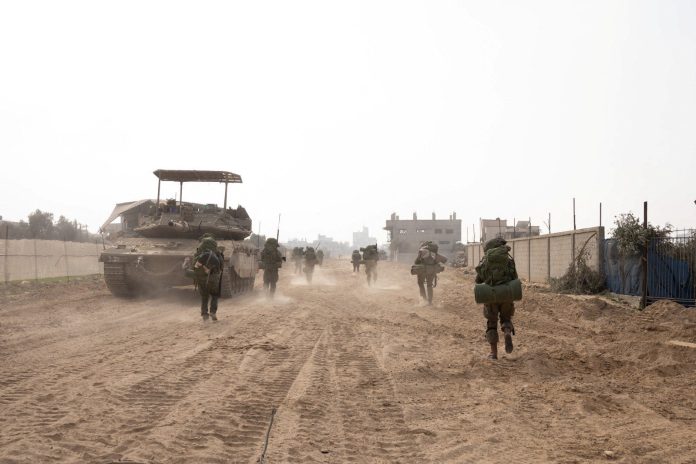Israel on Wednesday ordered residents to leave the Khan Younis centre area, which includes Nasser Hospital and two smaller medical facilities, as it continues its three-month offensive against Hamas.
The UN humanitarian office said the area is home to 88,000 Palestinians and another 425,000 displaced by fighting elsewhere.
But humanitarian group Doctors Without Borders said many Palestinians had no way to evacuate. Hospital staff were trapped inside Nasser, along with 850 patients and thousands of displaced people, because nearby roads were inaccessible or too dangerous. The hospital is one of only two in southern Gaza where critically ill patients can still be treated, the group said. Gaza’s Health Ministry also said the hospital was under siege.
Israeli Prime Minister Benjamin Netanyahu has vowed to continue the offensive until “total victory” over Hamas, which began the war with an attack across the border on 7 October, killing about 1,200 people in Israel and kidnapping another 240.
The Israeli military said its forces were battling militants inside the city after encircling it the previous day. They said aircraft were striking targets as part of the operations, as well as suspected militants in central and northern Gaza.
On Tuesday, thousands of people fled south from Khan Younis towards the town of Rafah. About 1.5 million people – about two-thirds of Gaza’s population – live in tent camps in and around Rafah, which straddles the border with Egypt, according to the UN.
In total, some 1.7 million people have been displaced from the Gaza Strip, according to the UN agency for Palestinian refugees. Most have fled from the north, where Israel’s air and ground offensive has turned entire neighbourhoods into shelled wastelands, raising questions about whether residents will ever be able to return.
At least 210 Palestinians have been killed in the past 24 hours, bringing the total number of war casualties to 25,700, Gaza’s Health Ministry said.
UN officials have expressed fears that more people could die of disease and at least a quarter of the population is at risk of starvation.
